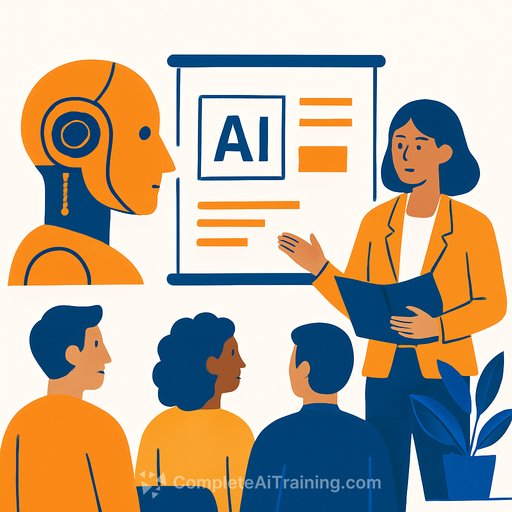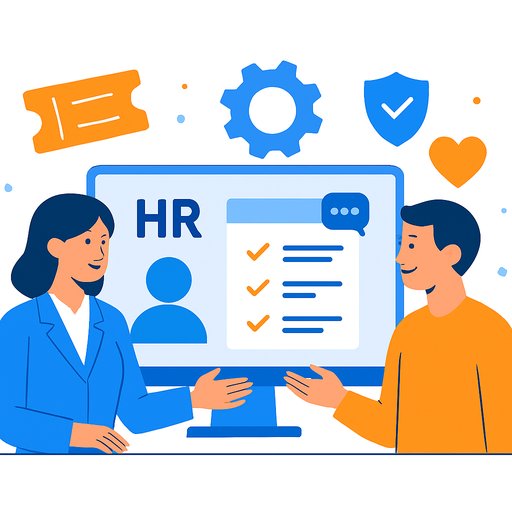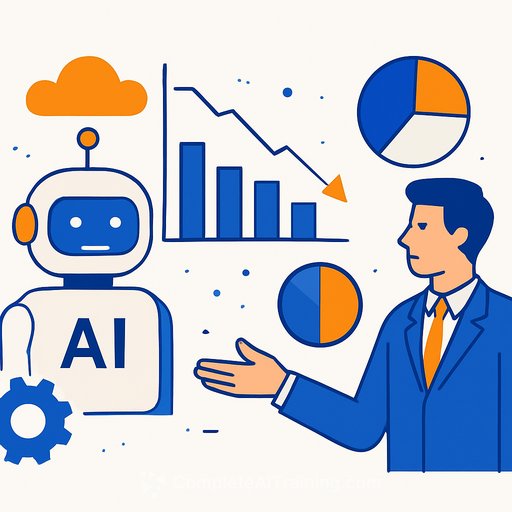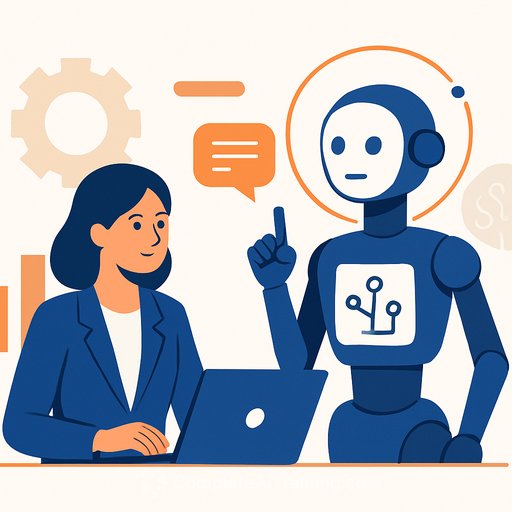What HR Leaders Can Learn from Companies’ AI Missteps
Artificial intelligence promises to streamline operations, cut costs, and boost efficiency in the workplace. Yet, some companies that rushed into AI adoption have faced setbacks, revealing the risks of overlooking the human side of technology implementation.
AI is not just about the tech; it’s about the people who use it. With 64% of senior IT leaders at large companies expecting HR and IT functions to merge within five years due to AI integration, HR professionals are stepping into a crucial role. The experiences of early AI adopters offer valuable lessons on how people impact the success or failure of AI initiatives.
Lessons from AI Regrets
Some companies embraced AI for efficiency gains but ignored the broader impact on customer experience and employee morale. For example, Klarna’s AI assistant handled two-thirds of customer chats, boosting profits and cutting resolution times. However, the CEO later admitted the customer experience had worsened. Similarly, Duolingo reduced its contractor workforce after relying heavily on AI for content production, leading to user complaints and a rollback of those changes.
These stories highlight a common mistake: treating AI purely as a cost-cutting tool rather than a means to improve quality and innovation. The real value comes from rethinking how humans and machines can work together.
Addressing Employee Motivations
HR leaders must recognize the motivation gap. When executives focus only on efficiency, they often overlook employees’ fears about job security and professional relevance. Recent data shows 97% of employees worry about AI’s impact on their jobs, with nearly half feeling very concerned.
Creating a psychologically safe environment where employees can learn and experiment with AI without fear is key. Clear communication about AI as a tool for augmentation—not replacement—helps ease anxiety. Involving employees in pilot programs and celebrating successes in human-AI collaboration builds trust and engagement.
Bridging the Skills Gap
Many employees overestimate their AI skills. About half consider themselves advanced users, yet 40% of organizations report slow progress in AI projects, often due to a lack of training and skilled personnel.
HR should lead foundational education efforts to demystify AI: explain its basics, uses, and limits in simple terms. Offering tiered learning paths—from beginner workshops to advanced courses—builds confidence and turns AI skills development into a positive growth opportunity rather than a source of stress.
For HR professionals looking to enhance AI skills training, resources like Complete AI Training’s job-specific courses can provide practical learning pathways.
Closing the Ethics Gap
Unclear ethical guidelines and governance around AI breed distrust among employees. HR must establish clear ethical frameworks before AI deployment, including transparent oversight, accountability, and diverse input in decision-making.
Ongoing conversations about AI’s impact on fairness, privacy, and dignity are essential. HR’s role is to protect organizational values and ensure AI aligns with human-centered principles, giving employees a voice in shaping their AI-enhanced workplace.
The Human Element in AI Adoption
AI adoption is a cultural shift, not just a technical upgrade. It requires changing mindsets, incentives, and daily workflows. Organizations that treat AI as a quick fix often miss the deeper challenge: aligning technology with people’s purpose.
The true potential of AI appears when teams understand, trust, and feel empowered by it. HR leaders are uniquely positioned to build this culture and guide their organizations through a balanced, thoughtful AI transformation.
Your membership also unlocks:






